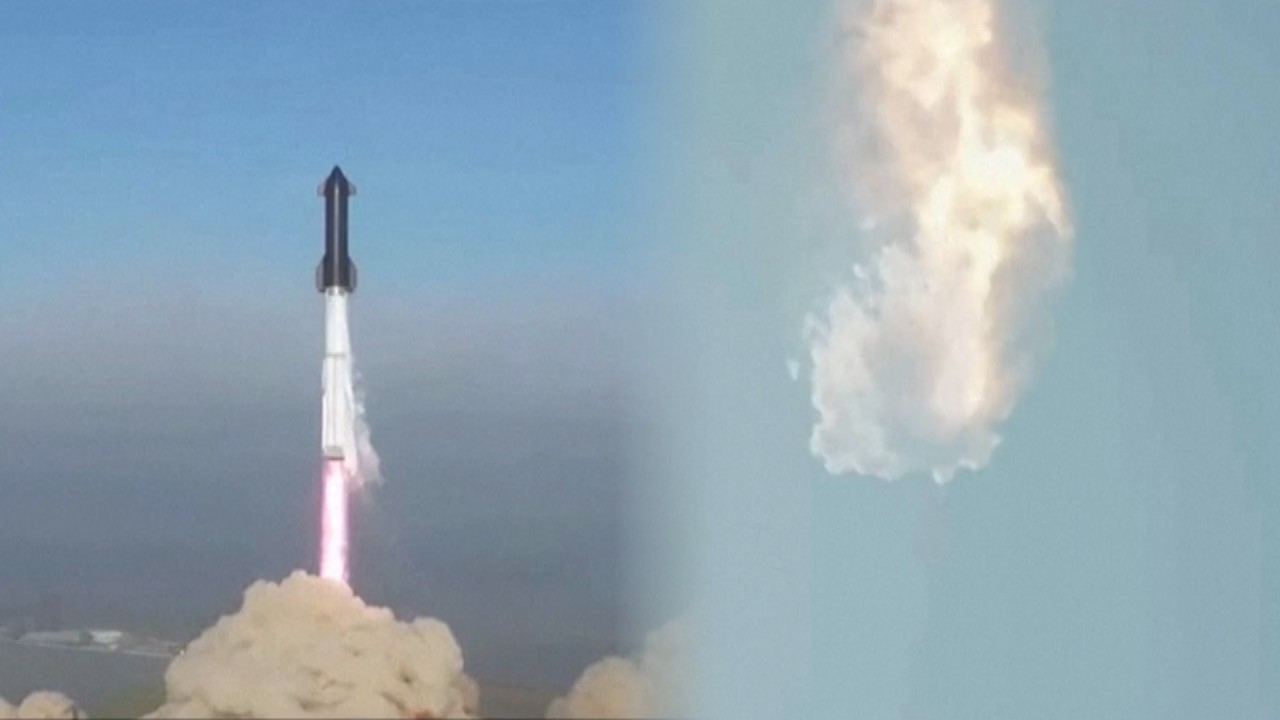Editorial | Space no place for China, US rivalry
- There are so many areas in exploration in which the two sides can cooperate without compromising national security or interests

The nation has just observed Space Day, a relatively new commemoration with seemingly no boundaries in time or space as future generations continue to unlock the secrets of the universe.
Apart from celebrating China’s remarkable achievements in emulating long-established space powers the United States and Russia, the day aims to rally public support for extraordinarily expensive participation in international rivalry in space exploration and scientific research.
That rivalry is highlighted by China’s space programme for this year alone, and by last week’s successful launch in the US, followed by an in-flight explosion, of the latest SpaceX rocket, the biggest and most powerful ever built.
Space rivalry has come down to the US versus China. The latter’s catch-up achievements in less than 20 years are too numerous to mention.
This year’s programme alone includes three manned space missions, with a resident space station crew set to welcome a cargo spacecraft in May; two more manned spacecraft in May and October to dock with the space station, forming a combination of three modules and three spacecraft.
Unmanned research and development includes the fourth phase of a lunar exploration project and a planetary exploration project.


